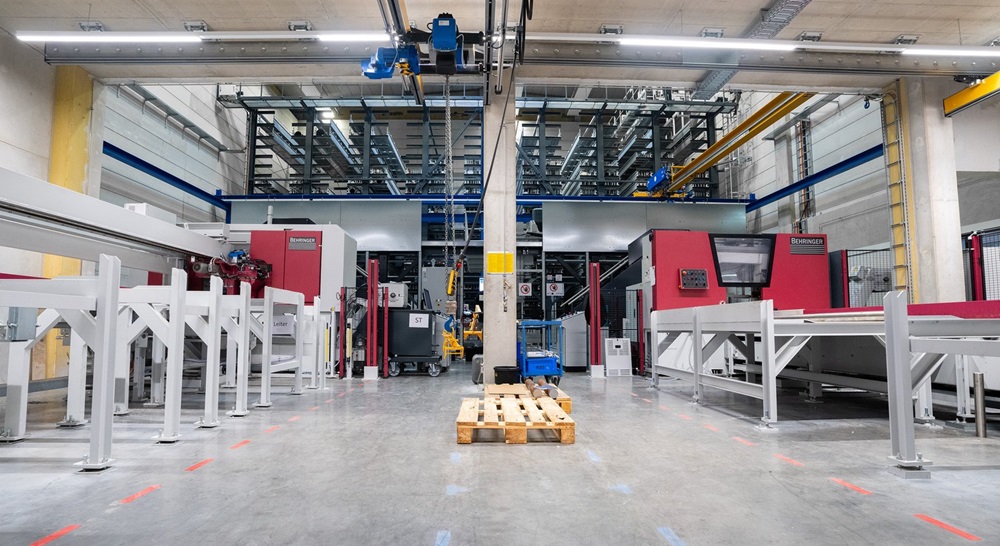When it comes to precise cutting in tight spaces, mobility and high performance, DoAll says that its new S-153 micro-benchtop saw is the best option for small workshops and those on-the-go. Available from March 2025, the new saw is designed to meet the needs of small-to mid-sized shops and contractors seeking a compact yet powerful tool.
With Do-All providing a sneak peek at the IMTS show in Chicago last September, visitors could see for themselves the portability, space-saving design and precision. Key features of the DoAll S-153 micro-benchtop saw include mitre capabilities (adjustable up to 60° for versatile cutting angles). Users simply rotate the base to the desired angle, as indicated on the angle scale attached to the saw’s base, and secure it in place. With a cutting capacity up to 150 mm in diameter, variable band speeds ranging from 35 to 85 m/min for different cutting requirements.
These features, combined with portability and a compact design, make the S-153 a good solution for customers who need a reliable saw that fits in tight spaces or is easy to move between job sites. Potential users span from machine shops and fabricators to construction contractors, educational institutions and DIY enthusiasts.
Steve Yulga, director of sales and marketing at DoAll Sawing Products, shares his thoughts on the S-153 micro-benchtop saw: “The S-153 represents a shift in how we approach cutting tools for smaller operations. It’s powerful, compact and versatile – everything a modern workshop or contractor needs in one tool. We’re excited to offer this to our customers who demand high performance without the need for a large, stationary saw.”
More information www.doallsaws.com



















